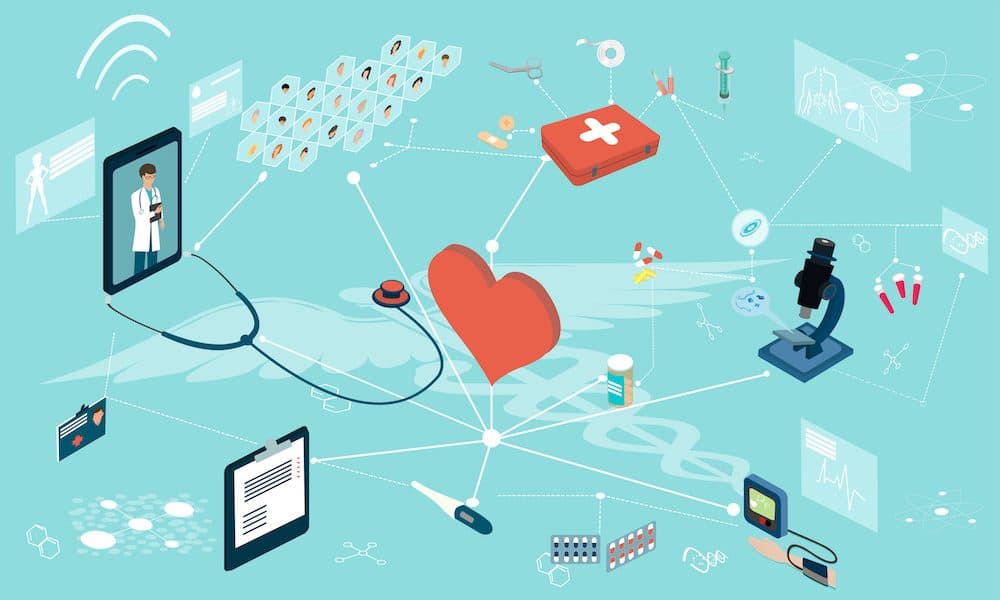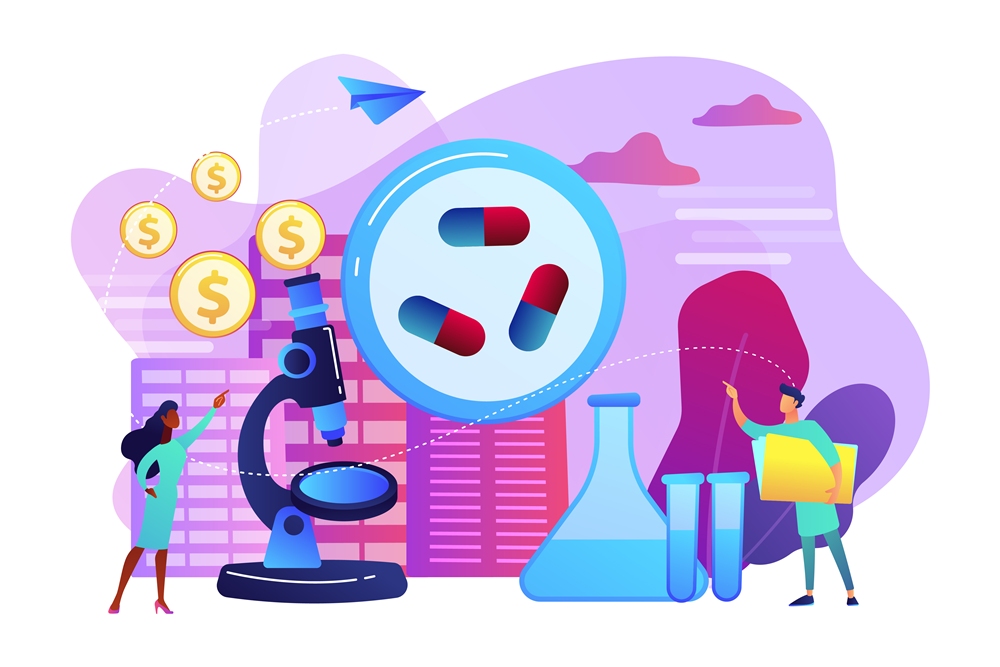Building resilience into connected healthcare

By Colin Neale, Principal Business Development Manager at Wireless Logic
The advantages of connected healthcare are now widely recognised.
Medical devices that can transmit data in real time, remote monitoring tools that extend care beyond the hospital and digital platforms that connect clinicians with patients are continuing to transform the way services are delivered worldwide.
For healthcare professionals, the results range from faster decisions to more efficient use of resources and new opportunities for improving patient outcomes.
However, as the number of connected devices rises, the chance of disruption also increases.
A single weak link – whether in connectivity, a supplier or a third-party system – can create a ripple effect that spreads quickly across a network.
For healthcare leaders, the question is no longer whether to adopt digital tools, but how to ensure they remain reliable under pressure.
A higher bar for resilience
This shift is already reflected in regulation.
Frameworks such as the EU’s NIS2 directive, the Cyber Resilience Act and sector standards including HIPAA all emphasise resilience, business continuity and recovery planning.
It is no longer sufficient to show that systems work most of the time.
Organisations must be able to demonstrate that they can withstand interruptions, recover swiftly and protect sensitive data in the process.
Compliance is an important driver, but the real motivation is clinical.
However advanced digital care becomes, it will only deliver its full value if the underlying networks and devices are robust.
For healthcare providers, resilience now sits alongside patient safety and data protection as a core requirement.
Why downtime matters
The consequences of downtime in healthcare are unlike those in most other sectors. If a retailer suffers a temporary outage, it may lose sales or frustrate customers.
In healthcare, even short interruptions can disrupt care. Remote monitoring systems that stop sending data leave clinicians without essential insights. Diagnostic devices that fail in the middle of an examination delay treatment.
And every failure erodes the confidence of patients and professionals who need to trust the tools they are being asked to use.
Trust is fragile. If patients or clinicians doubt the reliability of connected care, adoption slows.
The broader benefits of digital transformation, like more proactive interventions, better use of stretched resources and improved outcomes, all require confidence that the systems will perform when needed most.
What resilience looks like

Colin Neale
Creating this level of assurance requires a resilience-first mindset – and secure, monitored connectivity is fundamental to this.
Networks need constant oversight so that potential issues can be identified and addressed before they escalate.
Relying on a single network or unmanaged connections is no longer acceptable when lives may be at stake.
Device design is another critical factor. Healthcare technologies must be built with security and recovery in mind.
Encryption, regular over-the-air updates and the ability to recover safely from interruptions should be seen as essentials, not optional features.
A device that fails completely during an outage, or cannot be patched quickly, introduces unacceptable risk.
Supply chains are also part of the resilience equation.
Healthcare organisations depend on third parties for both hardware and connectivity, but responsibility for patient safety ultimately remains with the provider.
Ensuring visibility of suppliers, holding them to clear resilience standards and planning for contingencies are all necessary steps.
Preparing for the inevitable
No organisation can remove the risk of disruption entirely.
Power failures, cyber-attacks, human error and even severe weather will always pose threats. What matters is preparation.
Real-time monitoring and effective incident response help to limit the impact, but they must be backed by recovery plans that are both documented and tested.
Teams need to know not only what is written down, but how to put it into practice when an outage occurs.
Multi-layered connectivity can also strengthen resilience.
The ability to move between networks if one fails, or to rely on satellite as a fallback in emergencies, provides an additional safeguard.
The principle is straightforward – assume that failures will happen and build systems that can continue regardless.
A question of trust
Ultimately, resilience is about trust. Patients and clinicians must have confidence that the systems supporting their care will not let them down.
A single high-profile failure can undermine confidence for years, slowing the adoption of digital healthcare at a time when demand for it is only increasing.
Implementing a service level agreement (SLA) can reinforce trust by holding service providers accountable when issues arise, ensuring clear commitment to performance, rapid recovery and continuous improvement throughout the partnership.
Organisations that can demonstrate secure, reliable and resilient systems will not only satisfy regulators but also inspire trust and strengthen their reputation.
In a sector where confidence is everything, resilience becomes a source of competitive advantage.
Looking ahead
It’s no secret that healthcare’s digital transformation holds enormous promise and that connected devices and platforms will ease a lot of pressure on patient services.
But without resilience, digital health risks becoming fragile, vulnerable and less trusted.
Beyond the technical tasks, this calls for a cultural shift that treats continuity and security as part of care itself – calling for greater investment in monitored connectivity, secure device design, supply chain management and tested recovery plans.
Importantly, we must also recognise that downtime is no longer just an IT issue, but a matter of patient safety.
The organisations that act now will not only meet regulatory expectations but also earn the trust of patients and clinicians.
Colin advises health technology and clinical research organisations on secure connectivity solutions. He works with integrators, providers and developers to help digitise healthcare in a safe and reliable way.






